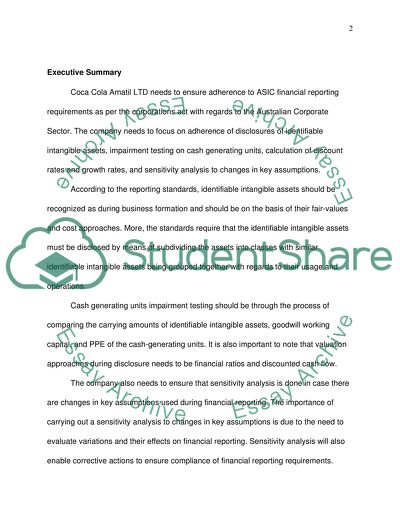Cite this document
(“Financial Reporting Disclosures in the Australian Corporate Sector Essay”, n.d.)
Retrieved from https://studentshare.org/finance-accounting/1432408-financial-reporting-disclosures-in-the-australian
Retrieved from https://studentshare.org/finance-accounting/1432408-financial-reporting-disclosures-in-the-australian
(Financial Reporting Disclosures in the Australian Corporate Sector Essay)
https://studentshare.org/finance-accounting/1432408-financial-reporting-disclosures-in-the-australian.
https://studentshare.org/finance-accounting/1432408-financial-reporting-disclosures-in-the-australian.
“Financial Reporting Disclosures in the Australian Corporate Sector Essay”, n.d. https://studentshare.org/finance-accounting/1432408-financial-reporting-disclosures-in-the-australian.


